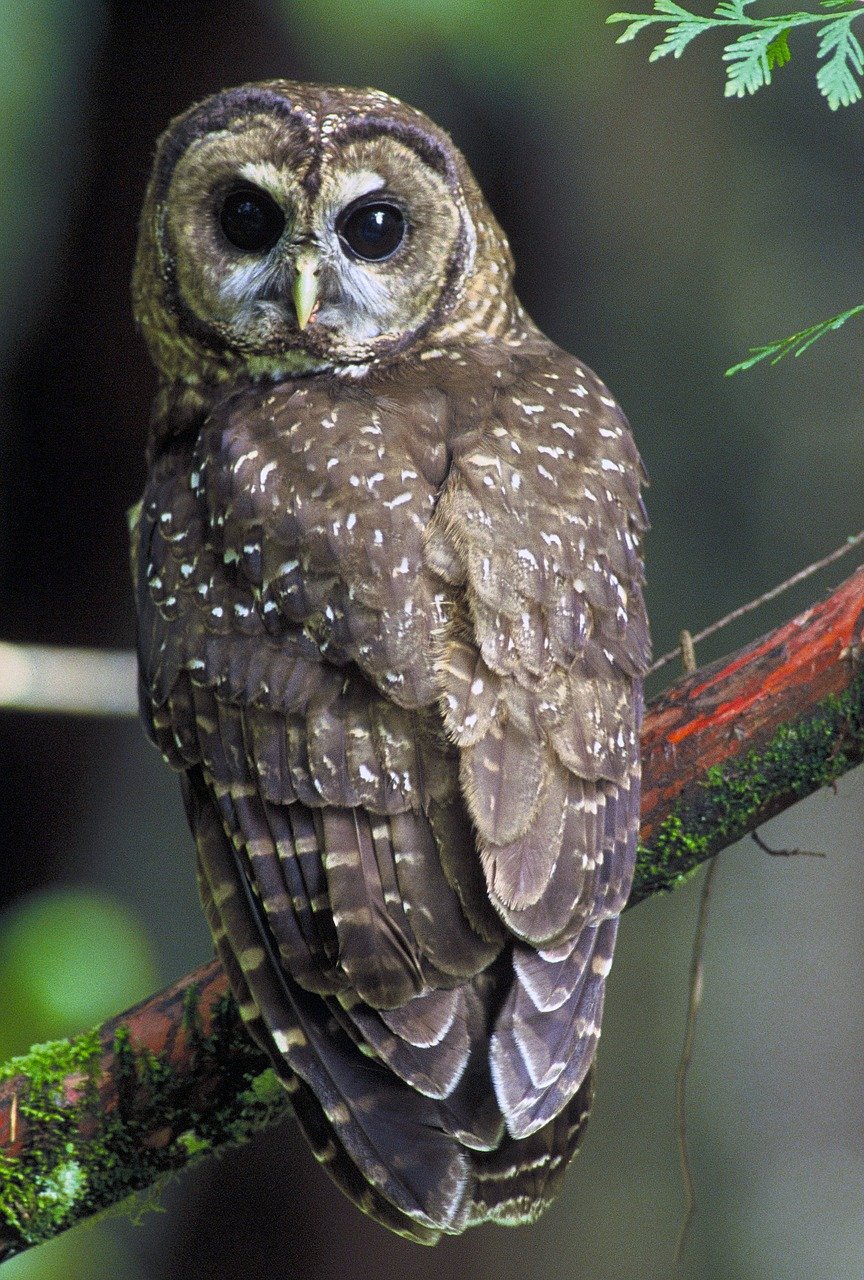The US Fish and Wildlife Service (FWS) updated the critical habitat designation for the northern spotted owl on Wednesday, eliminating almost 3.5 million acres of forested land from federal protection.
The FWS reevaluated the northern spotted owl’s critical habitat designation based on the terms of its settlement agreement with several logging groups. These groups challenged the FWS’s 2012 determination, which designated approximately 9.5 million acres as critical habitat. The groups claimed that the FWS: (1) included areas that are not northern spotted owl habitat, and; (2) failed to weight the economic impacts of its designation under section 4(b)(2) of the Endangered Species Act (ESA).
Under section 4(b)(2) of the Act, the Secretary may exclude an area from critical habitat if he determines that the benefits of such exclusion outweigh the benefits of specifying such area as part of the critical habitat, unless he determines, based on the best scientific data available, that the failure to designate such area as critical habitat will result in the extinction of the species.
The FWS published its proposed rule to eliminate areas of critical habitat in July for notice and comment. Various comments expressed concern over the owl’s connectivity between habitat areas, projected fire behavior during wildfires, and the effects of climate change on the owl’s population. Despite these concerns, the FWS found “that the benefits of exclusion of particular areas of critical habitat outweigh the benefits of designation of particular areas of critical habitat based on economic, national security and other relevant impacts.” Overall, the FWS excluded 3,472, 064 acres of critical habitat after reconsidering its 2012 analysis for the northern spotted owl.


